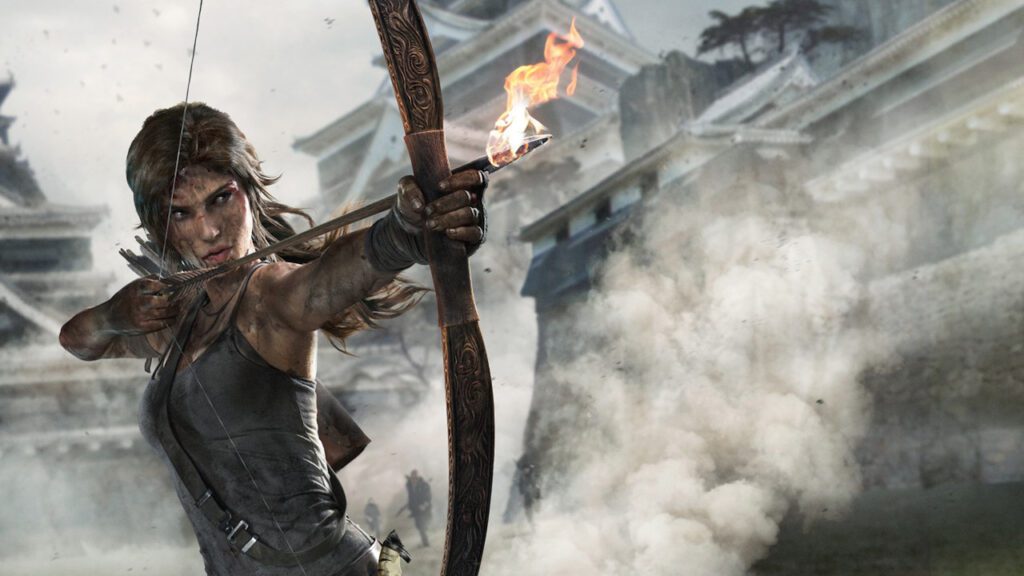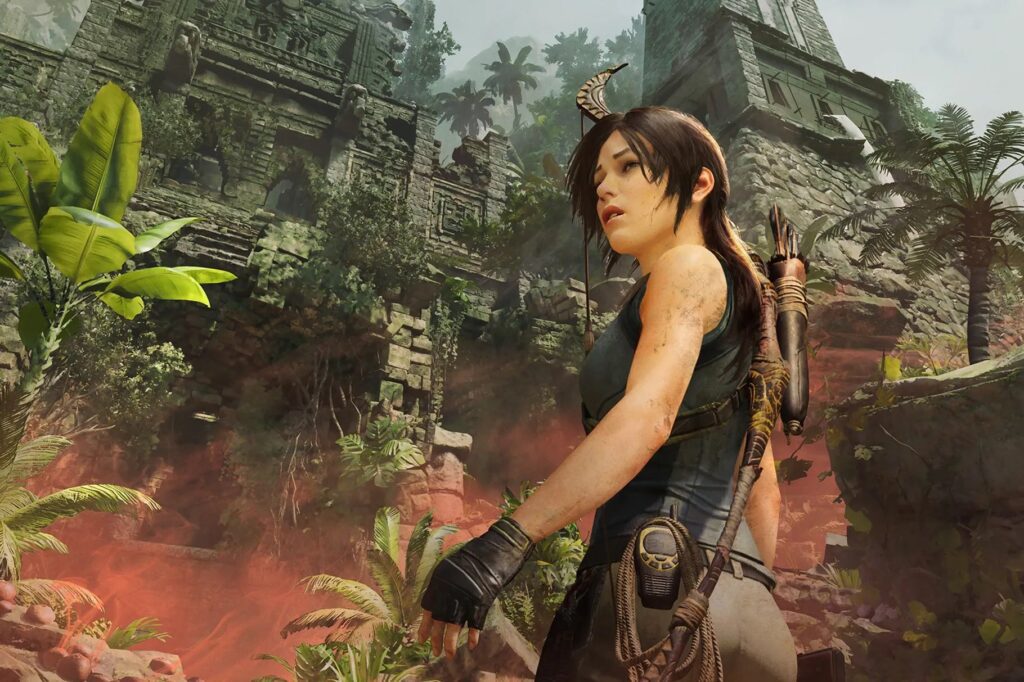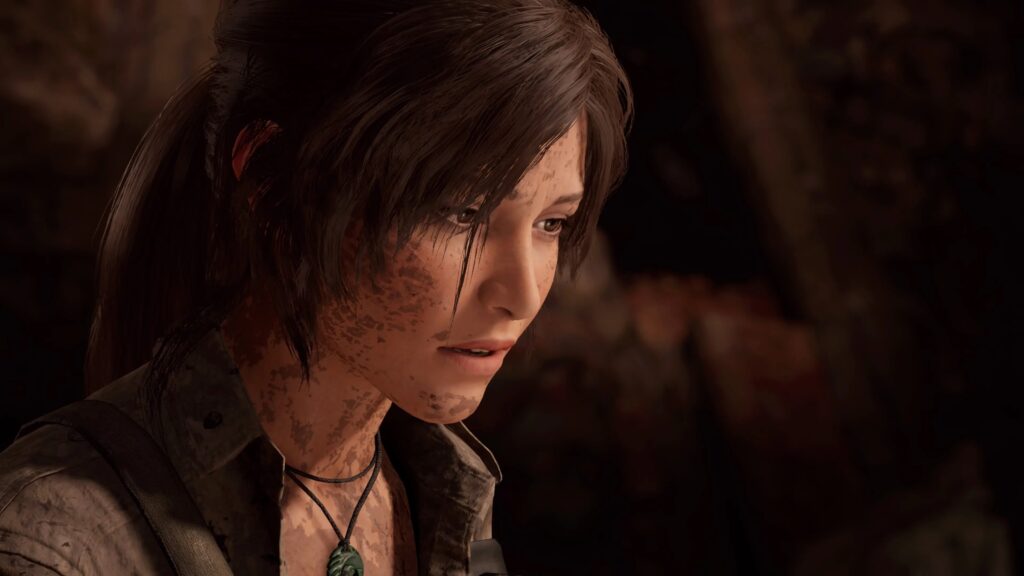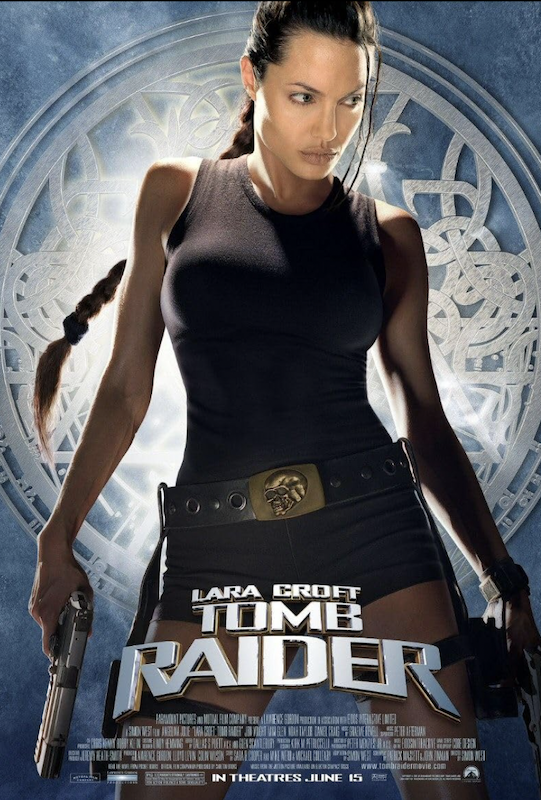More than 4,000 gamers chose Croft over Mario and Pikachu in a recent poll by BAFTA.
Ahead of their Games Awards on April 11, the British Academy Film Awards (BAFTA) asked gamers this week who they thought was the most iconic character in the history of video games, and they chose Tomb Raider’s Lara Croft.
No surprise there. Croft is one of the first prominent female protagonists in gaming. She embodies independence and empowerment, she’s smart, curious, never waits to be rescued and takes charge of her own destiny.

Her self-reliance inspired young female gamers to do the same in real life with her thirst for knowledge and adventure making her a compelling role model. Piecing together clues and solving puzzles with her intellect rather than brute force alone, she reminded everyone that setbacks are just opportunities for growth.
Since her debut in 1996 in the groundbreaking Tomb Raider game developed by Core Design and published by Eidos Interactive, her trademark twin pistols, tank top and cargo shorts have become her signature outfit for fearless adventures through ancient tombs and ruins.
Evolution of a game and character

Over the years, Lara Croft has undergone evolution in her character design and narrative. From her polygonal origins in the 1990s that were the signature of video games of the era to amazing realistic portrayal in more recent titles, she advanced as technology and storytelling techniques matured.
Her character arc dipped into themes of identity and morality, adding complexity to each game.
Tomb Raider (1996) was the video game that introduced players to Lara Croft. Some of the subsequent games were Tomb Raider II (1997), the sequel, expanded Croft’s world with new locations, challenges and adversaries. Tomb Raider Chronicles (2000) was a prequel to the series, featuring four interconnected stories on Croft’s past adventures.


Tomb Raider: The Angel of Darkness (2003) introduced new mechanics and a darker storyline. Tomb Raider: Legend (2006) was a reboot of sorts and reimagined her origins as well as updated the gameplay. Tomb Raider: Anniversary (2007) was a remake of the original Tomb Raider game, notable for its faithfulness to the original while incorporating modern improvements.
Tomb Raider (2013) was a complete reboot of the franchise, showing a more vulnerable and relatable character. Rise of the Tomb Raider (2015) was the sequel to the 2013 reboot, receiving praise for its stunning visuals and gameplay. Shadow of the Tomb Raider (2018) saw Lara confronting her own inner demons while preventing an cataclysmic event. The three titles made for a trilogy that was well received by gamers.
These are just a fraction of Lara Croft’s extensive gaming legacy, which opened the door for female characters to break the damsel-in-distress stereotype and revolutionized the action-adventure genre.









Lara Croft’s influence was so huge she become a cultural icon, appearing in movies (played by Angelina Jolie who did two films and Alicia Vikander in the latest), comic books, and even on magazine covers.
Even non-gamers know who Lara Croft is and what her character is all about. And that’s what makes an icon in our book.




